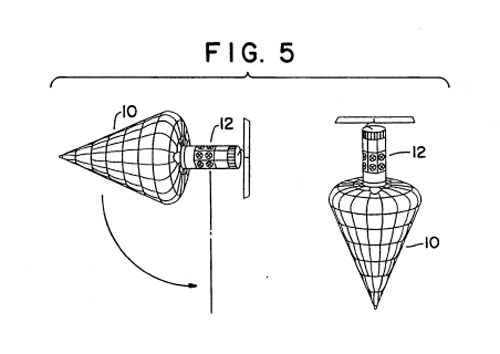It surprises me that these satellites aren't covered in non-reflective material or that they don't employ some sort of means of making them difficult to detect.
I know the answer to this! And when it is spelled out, you will slap yourself a bit. When you cover a satellite with a dark material, it absorbs heat from the sun. As there is also waste heat from the electronics, payload etc inside the satellite, cooling the systems becomes a really big deal. On the ground, we can just run air over the stuff, and with a big enough fan and heat sink the problem goes away. But wrapping a satellite in a reflective blanket ALSO has issues as it removes so much heat from the electronics bus that things can freeze! So, most of the satellites you see will have a bright reflective coating on one side of the spacecraft, and a dark covering on the other. This is one reason the Shuttle had a white top and a dark bottom; the different reflective surfaces were used for temperature control. To add onto this, most, if not all, satellites have a Faraday cage that they are wrapped up in. This helps shield the electronics from the stray EMF and electron dumping from the solar wind, the magnetic induced currents from the earth's magnetic field and even the currents generated from the temperature differences on the hot and cold side of the satellite. You want all that EMF outside the satellite body and not in the electronics bays. Solar panels, by the nature of how they function, also have to dump a significant amount of heat into space to prevent damage to the circuits. These, for example are used to cool the solar panels on the ISS. These panels at a right angle to the rotating solar panels have tubes full of ammonia that radiate heat into space then pump the cooler liquid back through the solar panels. When I was bored and looking into making a micro sat, they explained how to use heat sinks exposed to the outside of dead space and reflective coverings to keep those exposed bits at -190F to -250F as a way to dispose of the heat of the internal electronics. Turns out that the CCD's that are radiation hardened enough to do useful work in space take a lot of power and demand a crazy amount of cooling to get rid of excess noise. The even more interesting thing is that an 85mm earth imaging satellite (or even better a space facing one) including launch would run about 150K US. And it would fit into existing micro sat frames. Dealing with the thermal and EMF aspects was a fun rabbit hole to go down until I could not find anyone willing to help me finance a space telescope; hell 150K is hookers and blow money for some people, right? Then the Planetary Resources people came out and crushed my satellite dreams, so I gave them money instead.
Some are. Here's the thing - it's a pain in the ass to hide launches. Anybody who monitors the news even a little bit knows when something is going up. Once it's up, you have a pretty good idea of where it is because ballistics. If it decides to go somewhere else, observers on the ground note that it changes position and calculate because ballistics. So actually making a satellite disappear is a stone-cold pain in the ass. 
The "spying on satellites" program is TEAL and there's precious little info on it. We know that two of its scopes (TEAL blue and TEAL amber) were used to check out Columbia's tiles to inspect for damage, which gives us an outside edge of what they can resolve from the ground. We can presume that since those scopes peeked, anything else that was up there peeked and didn't see any damage, which either tells us that there wasn't a lot of observable damage or that we didn't have anything practically close enough to really get a look. But our spysats-for-spysats program is super-spooky quiet.
Doing quick math to determine the arc second radius of a 1m satellite at geostationary orbt, it turns out someone already published the maths and did the tests. 1.5m of aperture and some fancy CCD cameras and you can get size and shape detail. A square with a length of 36 inches at GEO distance will be roughly 1/10 of an arc second; at that resolution the atmosphere will limit your ability to get an image of the object. Something 20 feet wide would have an apparent diameter of .29" which, barely, is doable with a 2 meter class scope, and perfect seeing. Thierry Legault uses a 14 inch class SCT with great optics, a kick ass camera and a ton of patience to get images of satellites in low earth orbit. There are some images of his that track GEO stuff, but GEO is a lot farther away than the ISS and the other satellites in LEO. Now I kinda want to start tracking satellites and buy a better telescope.
Then there are the rumors that they were testing a laser by tracking the space shuttles. https://en.wikipedia.org/wiki/Terra-3 Sally Ride, at a talk I went to a million years ago, was asked about it and gave a hilariously joking answer and flat out denial that they had any issues related to Soviet lasers. It was along the lines of "if we were the first crew targeted by a laser like that, we'd all brag about it an bring it up in every conversation."
Yeah. Not sure about that one. David Hoffman in Dead Hand argued that the laser complex at Sary Shagan was decades from functional. It made the news when they dazzled the shuttle, though - although I can't find any reference to it other than unreferenced wikipedia articles.
